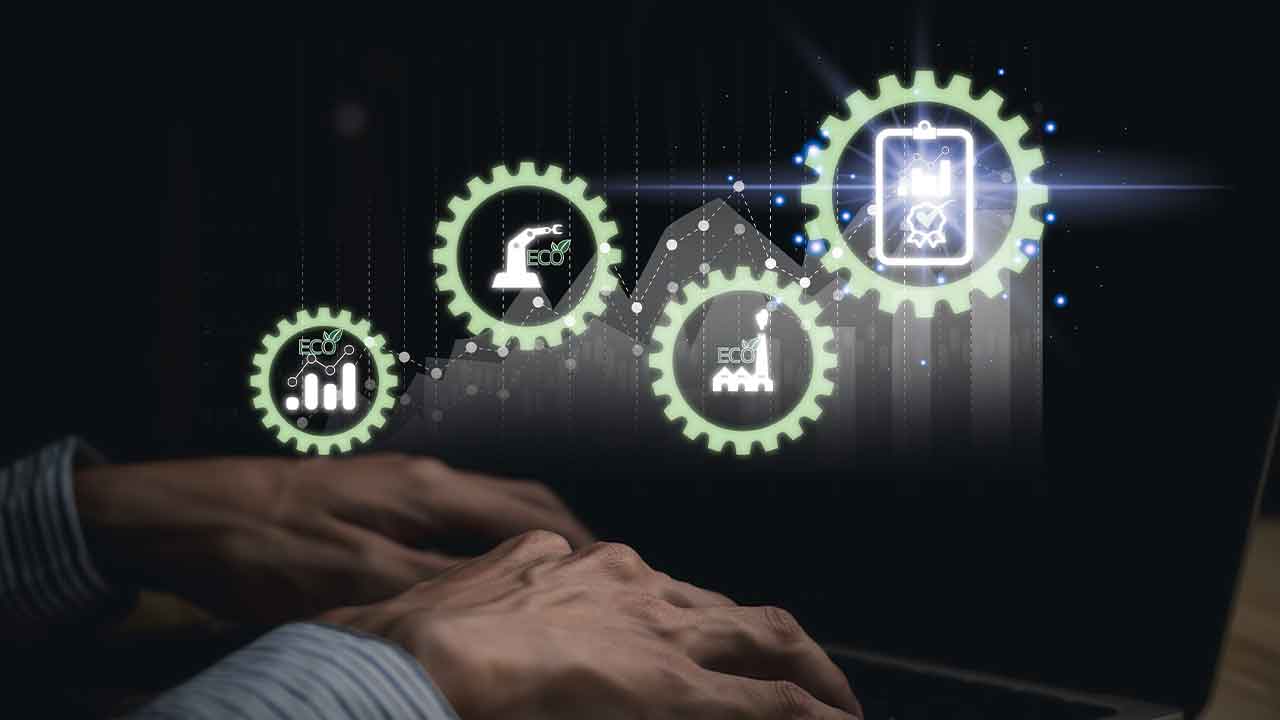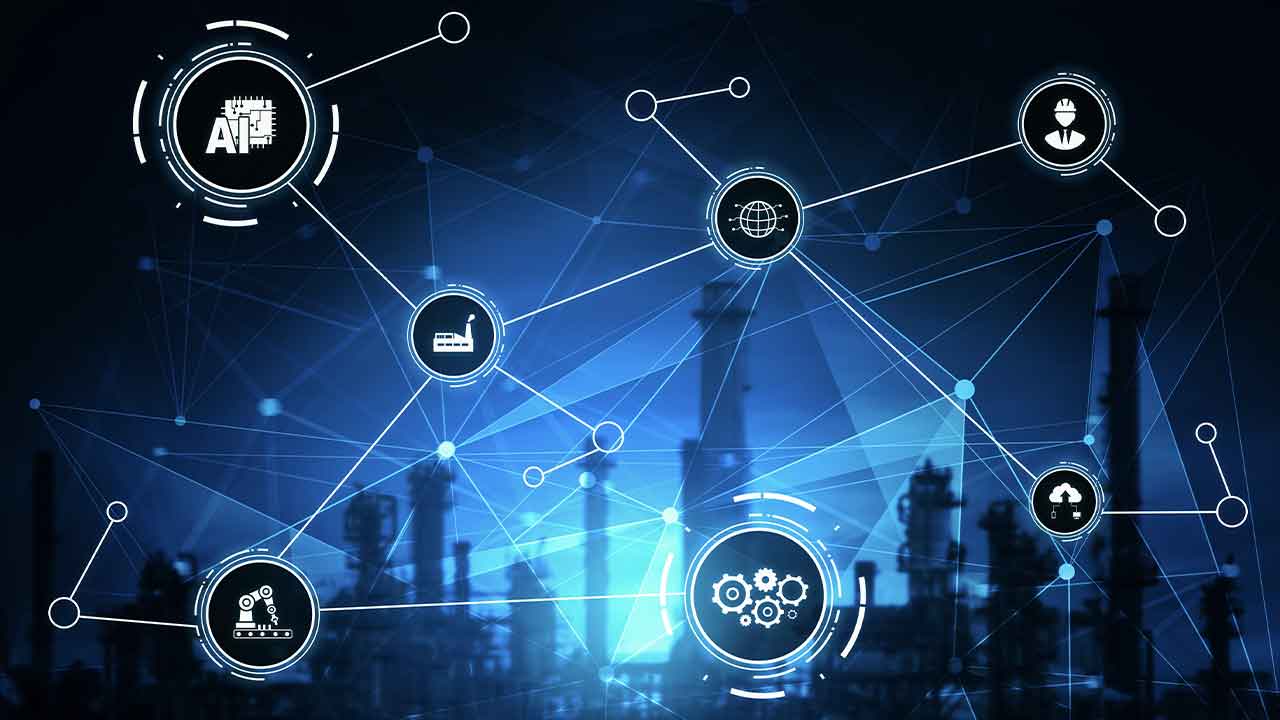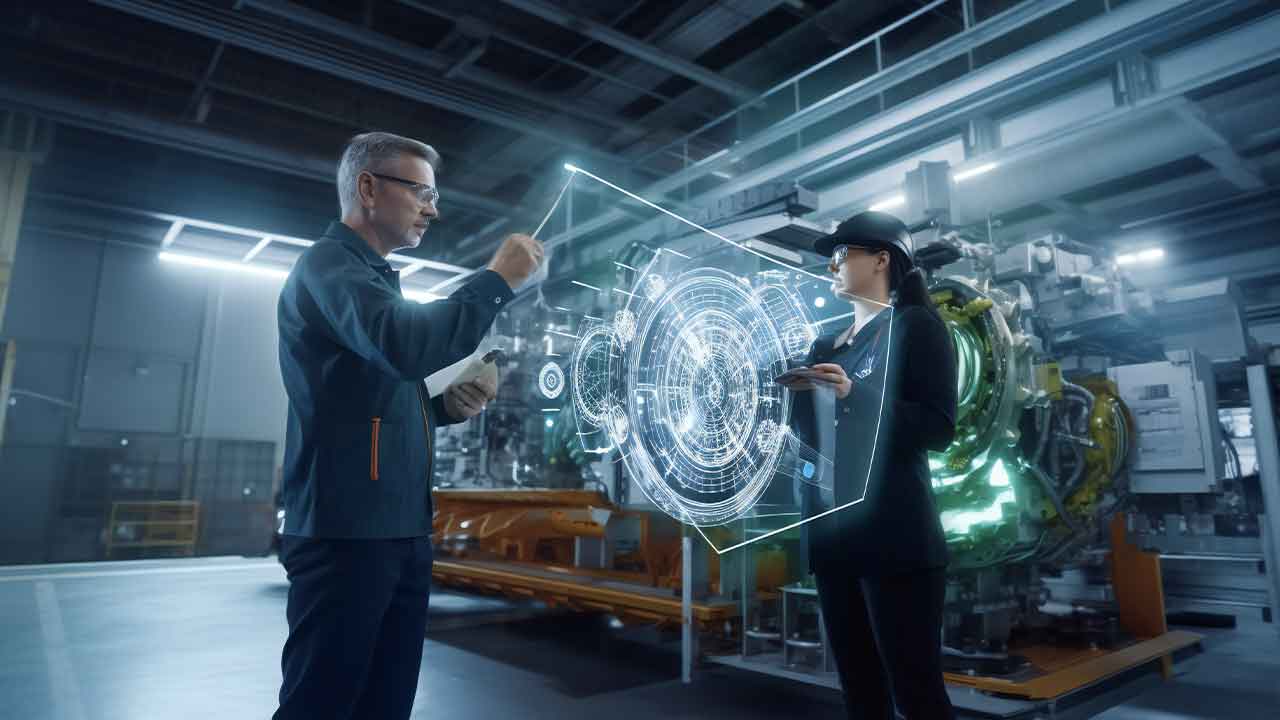From Data-Driven Ambitions to Sensing Factories: A Strategic Path for AI in Manufacturing
At Hannover Messe 2025, Helena Jochberger, Vice President and Global Industry Lead of Manufacturing, CGI, joined IIoT World for a timely conversation on the future of AI in manufacturing. With decades of experience guiding industrial transformation, she laid out a pragmatic roadmap for how generative AI, when implemented responsibly and supported by strong data governance, can enable manufacturers to move from digital aspirations to tangible impact.
Generative AI: From Task Automation to Goal-Oriented Intelligence
Manufacturing isn’t new to AI. In fact, many factories have been automating decisions since the ISA-95 framework gained traction in the mid-1990s. Over time, robotic process automation (RPA) became widespread, primarily focused on task execution.
What’s changing now is the shift from rule-based automation to goal-driven intelligence. Generative AI goes beyond performing tasks; it adapts to objectives. That leap—toward goal-oriented automation—represents a significant evolution in how manufacturing systems can operate with increased autonomy, speed, and precision.
Why Data Strategy Is the Real Enabler of AI
Despite growing excitement around AI, many manufacturers still struggle to unlock its full potential due to one foundational gap: data readiness.
Jochberger emphasizes that data is the “little brother of AI”—and without mature data governance, AI initiatives fall short. Manufacturers must:
- Establish digital continuity across ERP, MES, and aftersales systems
- Eliminate data silos that hinder insight generation
- Tailor data models to specific use cases across R&D, supply chain, and production
A clear, scalable data integration strategy is no longer optional—it’s the backbone of effective AI deployment in Industry 5.0.
Use Case: Accelerating Complex Product Development
One high-impact use case shared during the conversation involves using generative AI to accelerate design cycles for complex systems like aircraft or ships.
Manufacturers can streamline ticketing processes between design and production teams by plugging large language models (LLMs) into internal knowledge databases. The result? Faster iterations, fewer bottlenecks, and reduced time-to-market.
This early adoption of generative AI in R&D is a blueprint for manufacturers seeking measurable ROI from emerging technologies.
AI-Powered Supply Chains Need Real-Time Data—and Trust
Supply chain resilience remains a top priority for manufacturers. CGI’s work in this space highlights the growing demand for:
- Real-time data exchange between OEMs and suppliers
- Shared data standards across ecosystems
- Data sovereignty—giving organizations control over what they share and when
This transparency enables dynamic, demand-driven adjustments in production and inventory, allowing manufacturers to respond faster to disruptions or spikes in customer demand.
Looking Ahead: The Rise of the Sensing Factory
As digital maturity increases, the next leap is toward sensing factories—environments where end-to-end digital processes continuously learn, adapt, and self-optimize in real-time.
Helena Jochberger envisions a manufacturing floor where AI, IoT, and data systems form a responsive ecosystem, closing feedback loops without human intervention. But this future hinges on the work done today: integrating systems, aligning on standards, and preparing data for advanced AI use.
Responsible AI Is Human-Centric AI
While the potential is vast, the ethical dimensions of AI must remain central. Helena Jochberger reminds us that AI is a tool, not the goal. Responsible use requires:
- Risk assessment frameworks
- Transparent, explainable models
- Human oversight and collaboration
As Industry 5.0 unfolds, manufacturers must anchor innovation in human values—ensuring that AI augments, not replaces, human expertise.
Key Takeaways for Industrial Leaders
- Start with a robust data strategy—AI success depends on data quality, integration, and governance.
- Generative AI offers real-world value, especially in reducing R&D and supply chain cycle times.
- The future of manufacturing is a “sensing factory,”—but it requires investment in connectivity and real-time intelligence today.
- Responsible AI is not just a compliance issue—it’s essential to long-term trust, usability, and business value.
About the author
 This article was written by Greg Orloff, Industry Executive, IIoT World. Greg previously served as the CEO of Tangent Company, inventor of the Watercycle™, the only commercial residential direct potable reuse system in the country.
This article was written by Greg Orloff, Industry Executive, IIoT World. Greg previously served as the CEO of Tangent Company, inventor of the Watercycle™, the only commercial residential direct potable reuse system in the country.
Related articles:



